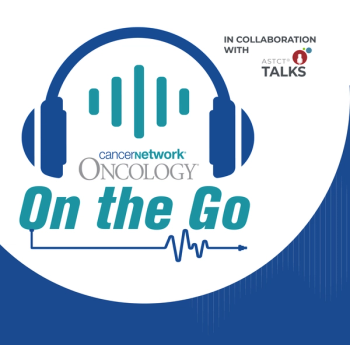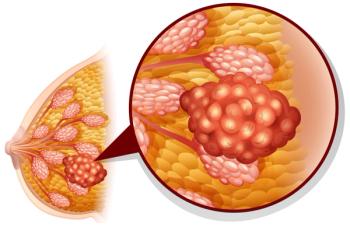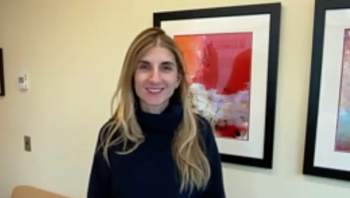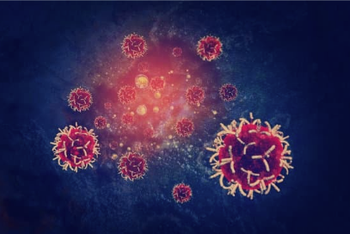
Getting to the CAR T-cell Therapy Starting Line With Radiotherapy in R/R DLBCL
Timothy Robinson, MD, PhD, discusses how radiation may play a role as bridging therapy to CAR T-cell therapy for patients with relapsed/refractory DLBCL.
In a conversation with CancerNetwork®, Timothy Robinson, MD, PhD, discussed the background for a presentation he gave at the
Robinson, an assistant professor of therapeutic radiology at Yale Cancer Center, detailed how referral to CAR T-cell therapy may be a lengthy, involved process for patients with aggressive, chemotherapy-refractory disease. Based on his prior experience at Moffitt Cancer Center, Robinson stated that radiotherapy may have use as bridging therapy and getting patients to “the starting line” for CAR T-cell therapy.
Transcript:
For [patients] with relapsed/refractory disease or aggressive lymphomas, these are, by definition, chemotherapy-refractory, or at least chemotherapy-resistant. These patients have often gone through many lines of therapy. These are rapidly growing and very aggressive tumors. In order to get to CAR T therapy, that’s a fairly involved process. You have to be referred to a tertiary care center that offers it. You have to undergo the workup. You have to get clearance and both medical and financial insurance and all that. It varies depending on where you are in the system. But that can take 2 or 3 months from the time that somebody says you need CAR T to the time you get infused a product.
Lastly, there’s the apheresis step. That’s usually a 3- to 4-week lag in time as well. I had a memorable case where the patient, one of the early ones, had such aggressive disease: a diffuse large B-cell lymphoma of the thigh that autoamputated his leg, and it was 3 and a half months from that until CAR T infusion.
You can imagine, [when] trying to stall or at least bridge a patient from that situation that they are receiving CAR T, that can be challenging for chemotherapy-resistant disease. That’s how this all started. When I was previously at Moffitt Cancer Center, using radiation was a way to just put a finger in the dam, to get this disease in check so these patients could even get to the starting block, so to speak. That’s how it all started; with just getting to the starting line.We’ve learned more since then on other ways that radiation might help.
Reference
Robinson T. Radiotherapy’s effective incorporation with chimeric antigen receptor (CAR)-T cell therapy for relapsed/refractory diffuse large B-cell lymphoma. Presented at: 2024 American Society for Radiation Oncology Annual Meeting; September 29-October 2, 2024; Washington, DC.
Newsletter
Stay up to date on recent advances in the multidisciplinary approach to cancer.




